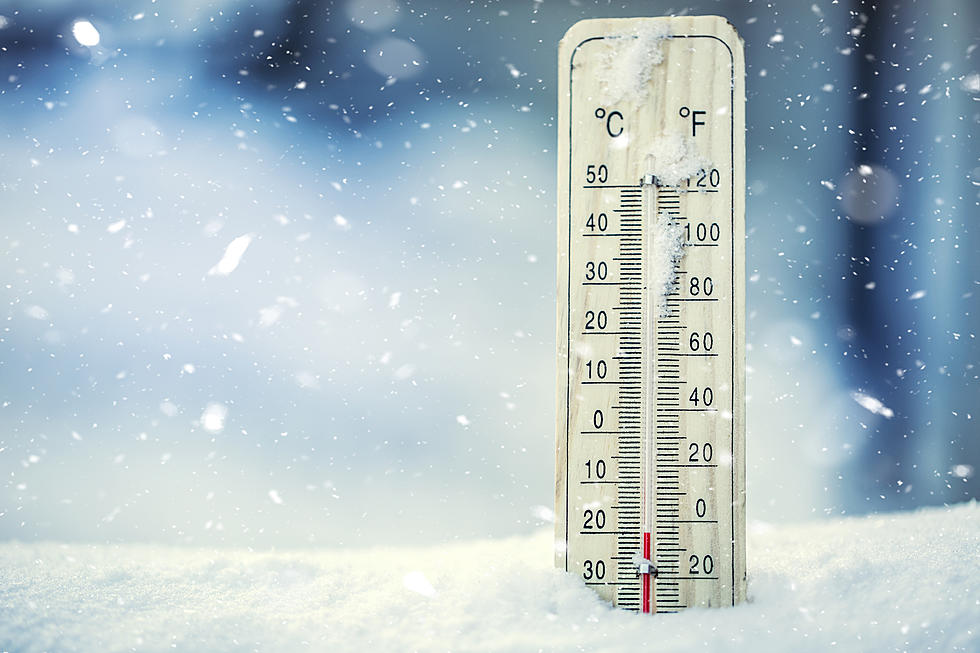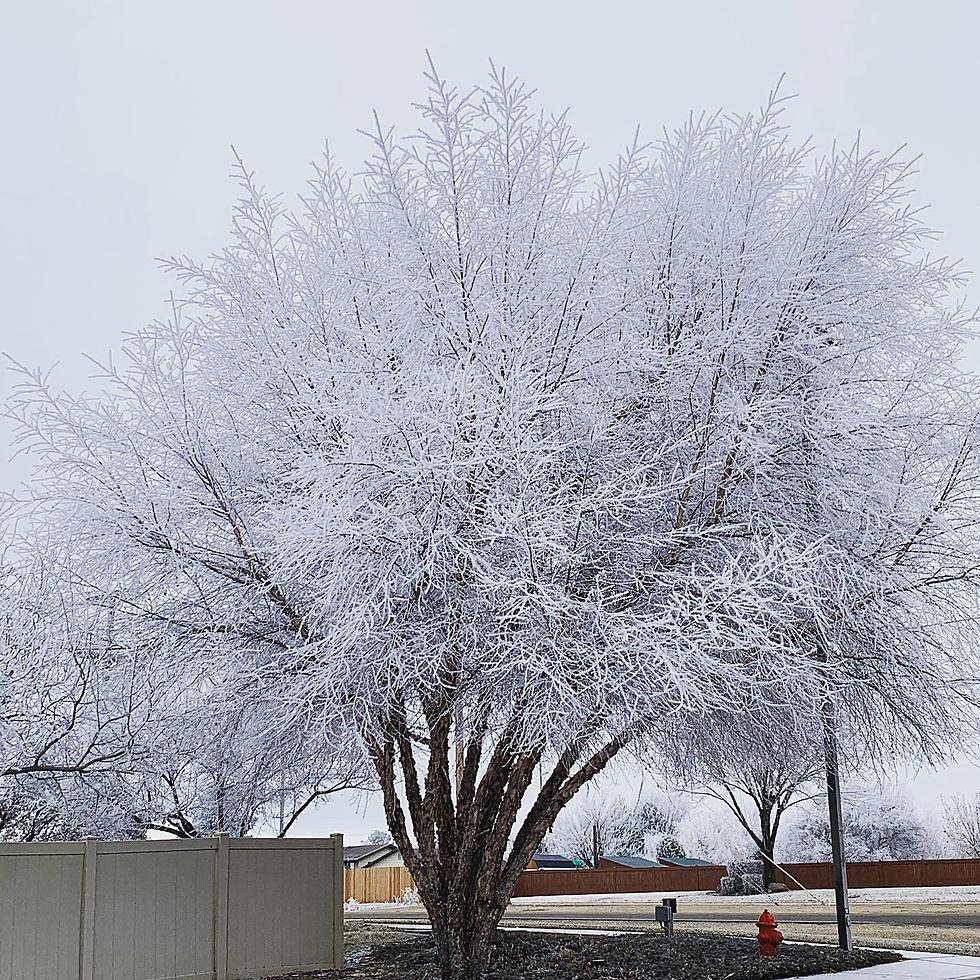
Idaho Severe Cold Winter Weather Stay Warm Survival Tips
So much for global warming. The temperatures in our state continue to reach historic lows. Weather forecasters continue to tell us that a real white Christmas could happen in the Treasure Valley this year. This year's winter temperatures are shocking to folks who've moved to Idaho and the Treasure Valley expecting a light or mild winter in the mountain west.
The good news is that we've already exceeded our December snowpack goal, which means that if the trend continues, our reservoirs will have plenty of water during our triple-digit summers. The bad news is that the severe cold weather can harm our pets and even freeze our water pipes.
15 Frigid Reasons You Should Never Move to Boise
Idaho Reacts to Cold Weather
If you think it was cold in the Treasure Valley, check out the temperatures in other parts of the state below.
Dangers of Cold Weather
Whether you're a veteran of cold Idaho winters or a newbie, you definitely want to avoid frostbite.
Here are the warning signs of frostbite courtesy of the Cleveland Clinic.
In the interest of public safety we are sharing the entire page to give you complete and accurate medical information.
What is frostbite?
Frostbite is a potentially permanent condition that happens when your body tissues (like fingers, toes, ears) are injured by exposure to cold weather or cold water. You’re more likely to get frostbite during winter, in windy weather and at high altitudes. Even though your exposed skin gets frostbitten first, it can still happen even if your skin is covered.
How cold does it have to be to get frostbite and how long does it take?
Single-digit Fahrenheit temperatures are cold enough to cause frostbite. It’s important to remember that the colder it is outside, the faster you can get symptoms. In fact, you can get frostbitten in just half an hour or less when the wind chill is -15F (-26 C) or lower.
How is frostbite different from hypothermia?
Hypothermia happens when your body temperature drops below 95° F (35° C). Your normal body temperature is about 98.6° F (37° C). Hypothermia is more serious and widespread in your body than frostbite, which affects specific parts of your exposed skin. Frostbite happens when part of your body freezes, damaging your skin cells and tissues. Just like ice coating your windshield, your skin becomes hard and white when frostbitten. You can get both hypothermia and frostbite at once, and both are medical emergencies.
Who is at risk for frostbite?
If you’ve got exposed skin in cold temperatures, you’re at risk of frostbite. You’re also at a higher risk of developing frostbite if you:
- Take medicine for high blood pressure.
- Have diabetes.
- Smoke.
- Have peripheral vascular disease, a serious condition involving blood vessels.
- Have Raynaud’s phenomenon (Raynaud’s disease), a condition that involves periodic narrowing (or spasms) in the blood vessels.
- Have poor circulation or dehydration.
- Haven’t dressed appropriately for cold weather or high altitude (swimming, hiking or climbing).
- Are an infant.
- Are elderly.
- Have a physical or mental condition that prevents you from protecting yourself against the cold (like fatigue, mental illness, heavy sweating).
- Have been drinking alcohol or taking drugs.
What are the 3 stages of frostbite?
Frostbite begins with mild symptoms but quickly becomes a serious health risk the longer your skin freezes from exposure. There are three stages of frostbite, including:
- Frostnip: During frostnip, if you notice symptoms at all, you may see that the affected skin is red or a pale white. The skin may also feel cold, numb or tingly. Frostnip is the warning stage when skin damage is still just temporary. So if you notice symptoms, get inside immediately and treat the area with warm (never hot) water. Afterward you may get small red bumps (chilblains) on your skin.
- Superficial (surface) frostbite: In the second stage, your skin might feel warm, but the water in your skin is slowly freezing into ice crystals. Your skin may also sting or swell up. After rewarming, you might see mottled patches or purple or blue areas that hurt or burn (just like a bruise). Your red skin might start to peel and hurt just like a sunburn — and you need to seek immediate medical treatment. You may also get fluid-filled blisters in the area after a day or so.
- Severe (deep) frostbite: In the third stage, your lower layers of skin (subcutaneous tissue) freeze and total numbness in the area sets in. You may be unable to move the area that’s frostbitten or you may not be able to move it normally. Get medical attention immediately. Big blisters will appear on the frostbitten skin a day or two afterward. Finally, the frostbitten skin turns black as its cells die from freezing. This black skin might form a hard black covering (carapace) that falls off on its own — otherwise it will usually need to be removed surgically.
What Idaho Roads Are The WORST In The Snow?
What Idaho Roads Are The WORST In The Snow?
More From Idaho’s Talk Station









